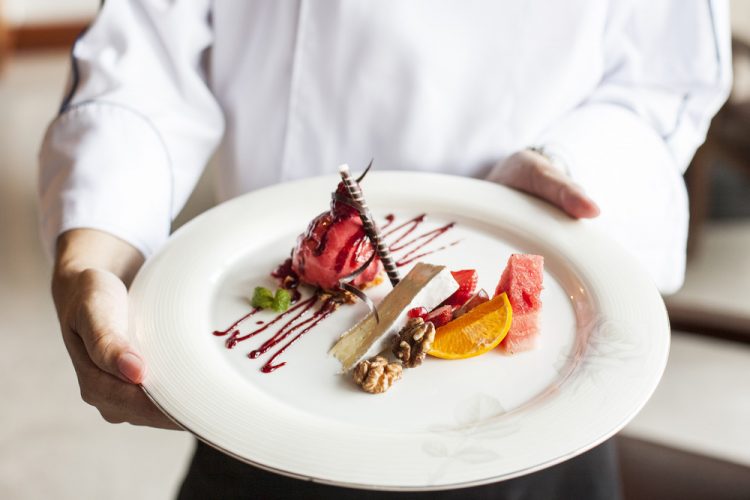
The world of fine dining is an important one, no doubt about it. With the average customer paying just over $28 for a meal, it is an industry that is able to bring in a good deal of money – in exchange for quality food and a high class dining experience, of course. After all, it’s upscale dining that contributes tremendously to overall restaurant sales, making up as much as 10% of them in total.
And this is an industry that is very much thriving. In fact, over the past couple years visits to fine dining establishments have actually grown by as much as a full 3%. In the years that are ahead of us, this trend of growth is likely to continue as more and more people here in the United States seek out the fine dining experience?
But what is it that makes fine dining so enjoyable? What makes the price of fine dining so worth it? Typically, there are a number of different factors that must be taken into consideration here. For one thing, the quality of the food is often quite superb indeed. Fine dining restaurants are more likely to use high quality and freshly, locally sourced ingredients than other dining establishments. Not only do these ingredients taste good, but they also are more ethical than other ingredients sourced from other places, something that has become more and more important to the typical person in this country, especially as environmental consciousness continues to grow.
The ambiance of a fine dining restaurant is also quite impressive and something that people look forward to in just about any fine dining experience. From the soft lighting to the comfortable seating to the tasteful art, there are many ways that a fine dining restaurant can set itself apart from a more typical restaurant in the area. And these are also many of the reasons that so many people will choose to pay more for the fine dining experience instead of simply going to a less expensive restaurant that they are also in close proximity to.
The plating of the food is also something that can set a fine dining space apart. After all, we eat with our eyes first and how we view our food can very much contribute to our overall enjoyment of it. Studies back this up, showing that the average adult likes to see around three different colors on their plate, as well as three different food components. Children, as one might expect, prefer even more, expecting as many as six different colors with seven different types of food all within one meal.
Fine dining establishments can make this happen with relative ease when they use various types of edible flowers as well as organic micro greens. Edible flowers and microgreens like true leaf microgreens have become incredibly common in the fine dining world, used for many different types of dishes in many different types and styles of cuisine. After all, there are up to 100 different types of edible flowers, making edible flowers ideal and appropriate for so many different types of food.
Of course, the proper care and keeping of edible flowers and micro greens is an absolute must, and is not something that can or should be overlooked by any means, as this will render the edible flowers and micro greens in question likely to be unusable. For instance, the way in which organic micro greens and edible flowers are stored is hugely important and will greatly contribute to their overall quality and ability to be used.
Both should be refrigerated, ideally kept in their own containers. The temperature of the fridge that is being used must be relatively precise, falling between 38 degrees Fahrenheit and 40 degrees Fahrenheit. If it drops too low, the micro greens and edible flowers in question are likely to become wilted and even discolored. Basil, for instance, is likely to turn black when it is kept a temperature of 32 degrees Fahrenheit or lower. Fortunately, this can all be very much avoided through proper temperature control of any given fridge. Constantly monitoring the fridge in question will certainly help to make this a reality, to say the very least.
